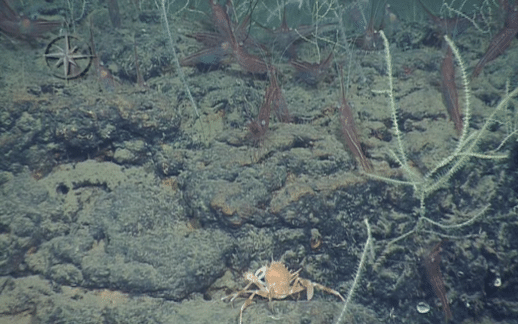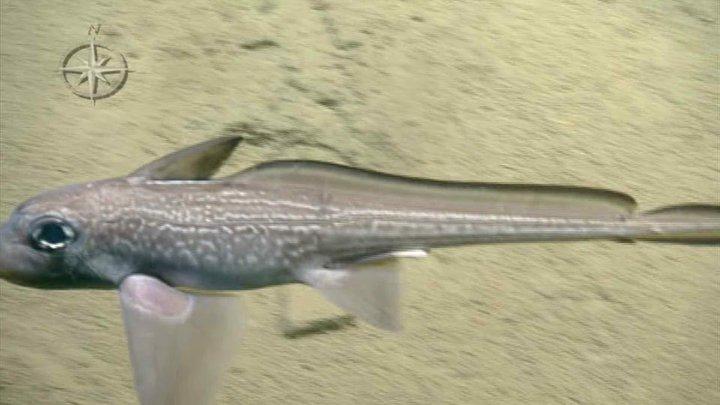"It's like finding 'Ein-Gadi' in the middle of the desert," said Dr. Yitzhak Makovski, director of the project's control center

An area of deep coral reefs was discovered for the first time off the coast of Israel during the voyage of the "Nautilus" research ship, which returned to shore after a two and a half week research cruise with researchers from the University of Haifa's School of Marine Sciences on board. "We did not expect, we did not know and we did not imagine that we would find the coral reefs and more on such a scale. It's like finding 'Ein-Gadi' in the middle of the desert," said Dr. Yitzhak Makovski, director of the project's control center.
At the end of two and a half weeks at sea, when the ship's robots sometimes reach depths of about two kilometers, the "Nautilus" returned to shore as the combined research team of Prof. Bob Ballard and the School of Marine Sciences of the University of Haifa, led by Prof. Zvi Ben-Abraham, began to examine the many findings found As mentioned, the most significant and surprising find found during the voyage was deep coral reefs that probably extend for several kilometers at a depth of about 700 meters in the estuary of the "Palmahim Disturbance", about 30-40 km off the coast of Tel Aviv.
n We are talking about the first deep reefs found in the marine area off the coast of Israel. According to the researchers, this region of the Mediterranean - the southeastern region - is an area poor in life and in fact the current discovery is equivalent to finding an "oasis" in the middle of the West. Another importance of deep corals stems from the slow time it takes for them to develop, and therefore they constitute a "recording device" regarding biological processes that took place on the seabed in these centuries, hence their scientific importance.

"On this voyage, we sampled our maritime area only 'on the tip of the fork.' This bargain illustrates the potential for surprises that is still embodied in this area. The immediate meaning is that there is an urgent need to define this area as a deep marine reserve, as is customary for deep coral reefs in the world," said Dr. Makovski.
Other findings that can already be reported, prior to the in-depth study of the soil samples taken, are two shipwrecks - apparently modern fishing vessels that are several decades old - fish and crabs that were photographed for the first time in their natural environment, hundreds of meters below the surface of the water.
One of the interesting fish captured by the "Nautilus" cameras was a fish from the "ghost shark" family. The fish found is called chimera monstrosa and belongs to a fish family that split from the shark family about 400 million years ago.
A crab about 10 cm long was also found and recorded, which hid in a niche in the rock, so the researchers had difficulty identifying it. Like the others, this crab was also recorded, thanks to the technological capabilities of the "Nautilus", for the first time at such depths.

6 תגובות
Good…
It was discovered not long ago that many deep areas in the oceans are full of corals.
These are not the corals we are used to seeing in the atolls - but other species living in the depths, and it turns out in the Mediterranean as well.
"It's lucky that not everyone can dive that deep" - one of the best.
Such posting often causes all kinds of curious people to come to the place and destroy it, luckily not everyone can dive that deep.
Great, now we can export sushi?
Reef is fine - but coral? Probably soft corals... and most of the reef is actually sediment from another origin. In the Mediterranean, light does not penetrate beyond a hundred meters (usually much shallower). There are different reefs on the shores of Israel. Coral reefs (which migrated to the Sepsis) can also be seen on breakwaters and the like. A coral reef at a depth of 700 meters, sounds fantastic. I wonder what the finer details of the study are.
Good luck to Nautilus and the research team.
Ami Bachar